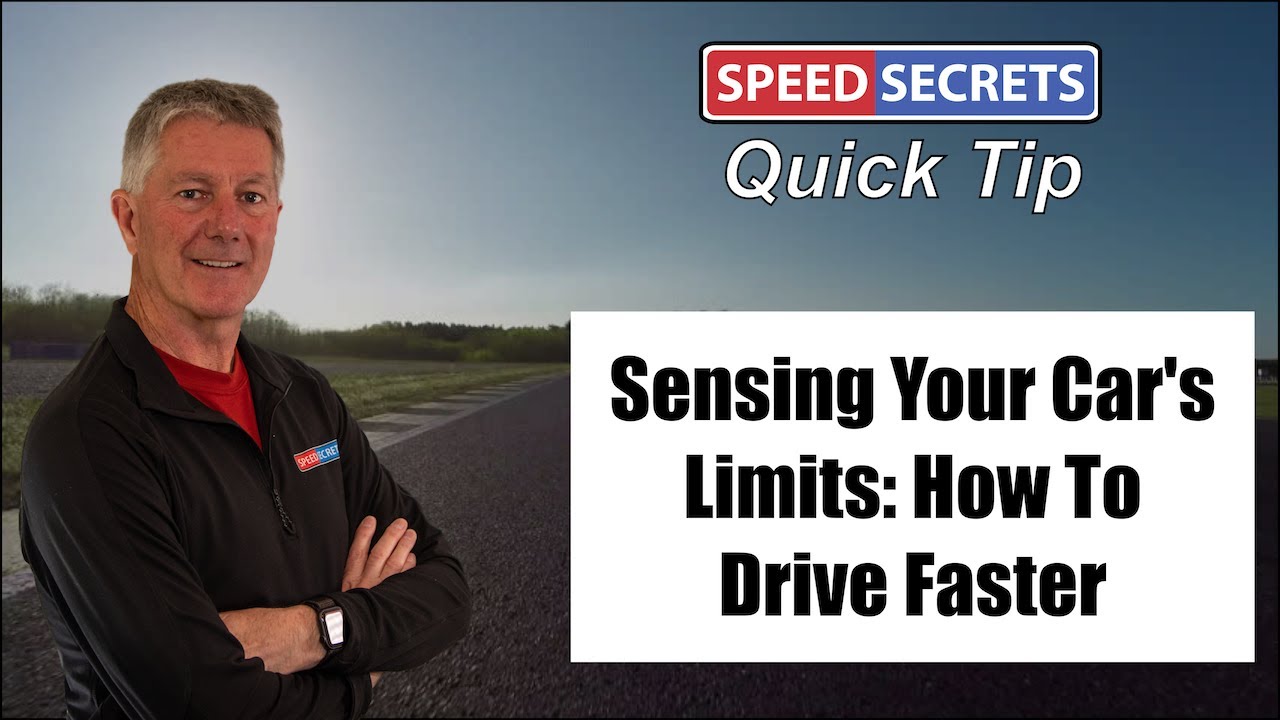Q: “At a certain point, any car driven to its limit by the best driver will have a lap time that cannot go much lower. Short of having a pro do lap times in my car, is there any way to determine the difference between a plateau and the best lap possible?”
A: Do you have a data system in your car? If so, you can figure out whether there is more available in the car or not. If you compare multiple laps, look at sector times, and your “theoretical lap.” It’ll show where you’ve driven certain sections of the track faster. And then, by putting them all together, you’ll see that the car is capable of being driven some amount faster (or not).
Without data, it’s more of a subjective judgment thing, and I’d recommend sitting down with a track map and asking yourself, “On a scale of 1 to 10 (with 10 being the max), how close are the tires to their limit?” Really replay your driving in your mind while doing this, and jot down a number on the map for each area of the track. Look at each brake zone, and each corner divided into entry, mid, and exit phases. If you can honestly say the tires are at 10 everywhere, then you know you’re pretty close to driving the limit. Of course, it’s possible that you’re causing an artificially low limit by unbalancing the car a little bit, so you then have to think that through.
Sure, having a known faster driver in your car and having them turn a lap time to see how you compare is the fastest way to learning whether it’s you or the car. The one downside (beyond the possibility of that driver damaging your car) is that you see the lap time, and possibly their data, but you really haven’t learned how to do it.
Pick a couple of corners on a track that are forgiving – there’s enough runoff area outside the corner to correct for a slide or spin. Assuming these are corners you brake for, begin by setting a baseline lap time. Next, brake at the same pace as you have always done in the past, but use slightly less pressure. In other words, brake lighter; if you’ve braking near the max (let’s say, a “9” pedal), then brake one level lighter (an “8” pedal). By doing so, you’ll enter the corner with a couple more MPH (but not 5 more). Gently ease off the brake pedal as you enter with this extra speed, and see what the car does. If it arcs through to your usual apex, then you know you were driving at the limit, and you will improve your lap time. If it begins to understeer and not go towards the apex, don’t give up. Keep a little, light brake pressure on just a bit longer – trail brake – to keep the front tires loaded. If that helps, you’ve learned how to go faster. If it doesn’t, then on the next lap, slowly ease off the brakes slightly earlier to give the front tires more cornering grip to allow them to turn the car towards the apex. Again, you’ll learn if and how much more there is, and ultimately, improve your lap times.
Notice how there were never any big changes to working towards driving more on the limit. It’s a step-by-step process, and the steps are relatively small.
I’d recommend you watch a couple of videos I created a few years ago in which I talk about sensing and driving the limits. First, watch Sensing Your Car’s Limits. Then, Driving At The Limit.

